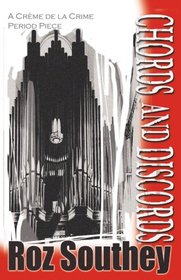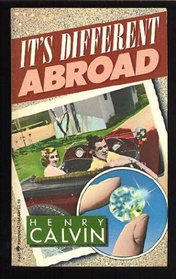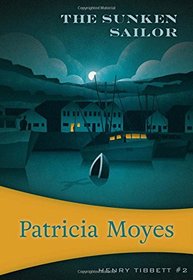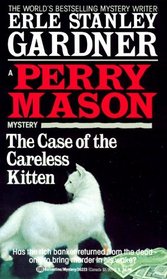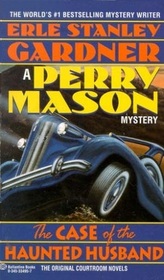Chords and Discords by Roz Southey
Review by Matt B. (BuffaloSavage)
In this 2008 mystery, self-contained parallel dimensions co-exist with each other, connected by portals accessible by individuals with second sight to use them as windows to view other planes. Apparently – and this assumption of mine may be wrong – reality varies in different planes. For instance, in the reality of this story’s setting, supernatural beings such as talkative spirits are a normal part of daily life, carrying messages (though it’s like the telephone game) and being questioned by the authorities about crimes.
Still with me? I didn’t used to be down with paranormal historical mysteries but “current conditions” have challenged a lot of my preferences and prejudices.
Anyway, not only occult aspects make this story unique. The hero, Charles Patterson, is an impoverished musician and teacher in Newcastle during the early 1730s. In the first book in this series, Broken Harmony, Patterson established his reputation as a puzzle-solver. He is therefore offered 30 guineas by a rude organ builder to identify the culprit who has been sending threatening letters. In the organ builder’s factory, a young apprentice has been killed under mysterious circumstances. For the sake of the badly needed dough and to give justice to the victim, Patterson, a mere tradesman, endures the rudeness of the organ builder and his shrewish wife and the interfering ways of spirits.
With the distinctive setting, supernatural elements, unorthodox hero, there’s no denying this unique historical mystery will appeal to mystery readers who are looking for something different. Southey is a historian and musicologist so her details ring true. She captures the rough lot of music teachers, who are caught between the high expectations of parents and their unwillingness to pay for lessons rendered. She also includes curious asides about the role of playing music in church, drinking places, guild halls and private residences.

